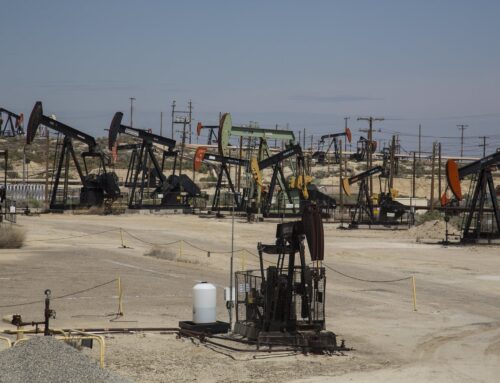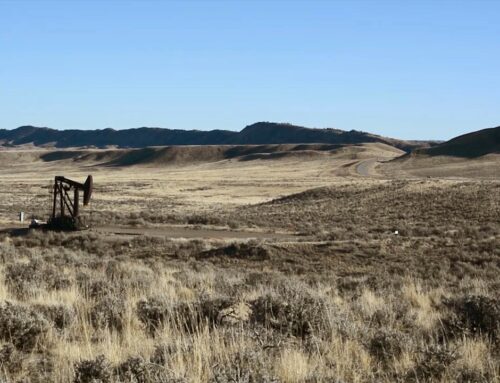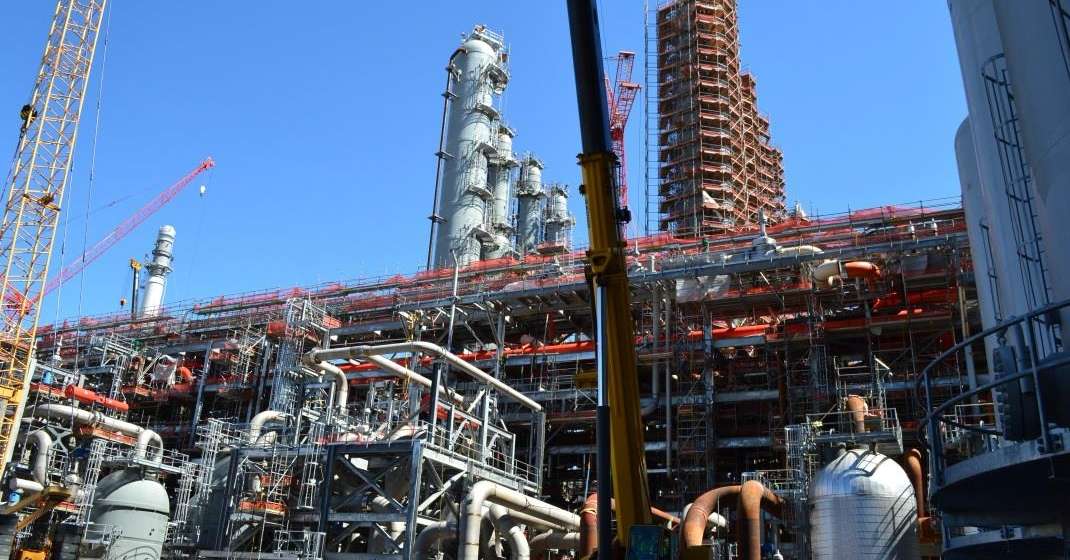As we pass the one-year mark since the passage of the Inflation Reduction Act (IRA), let’s take this moment to recognize the critical role that effective execution will play in determining its ultimate success. Just as with any ambitious policy, by and large, the IRA’s potential hinges on how well its provisions are put into action.
The IRA, a sweeping initiative with approximately $500 billion in new spending, poured money into new and existing programs across the federal government, updated a suite of decades-old oil and gas policies, and addressed the increasing threat of climate change. Among the notable beneficiaries are existing agricultural initiatives, such as the Natural Resources Conservation Service (NRCS) programs, including the Environmental Quality Incentives Program, the Regional Conservation Partnership Program, and more.
The legislation also ushered in novel programs such as the Greenhouse Gas Reduction Fund and the Methane Emissions Reduction Program. These and other IRA provisions, including a myriad of new energy tax breaks, will be overseen by a range of agencies including the Department of Energy, Internal Revenue Service (IRS), Department of the Treasury, Environmental Protection Agency (EPA), Department of Transportation (DOT), and Department of Agriculture (USDA).
The Department of Energy shoulders the responsibility of stewarding a significant portion of the IRA’s funding, with $370 billion dedicated to curbing energy expenses, propelling investments in clean energy solutions, and bolstering supply chains. In an unprecedented move, IRA elevates the agency’s Loan Programs Office (LPO) lending authority from $40 billion to $400 billion, making it potentially one of the largest federal loan programs in U.S. history.
The IRS and Treasury, meanwhile, are entrusted with the task of implementing the IRA’s tax-related provisions, including investment and production tax credits. In the original bill, $80 billion in additional funds were appropriated to the IRS to address staff shortages, equipment modernization, and enabling the agency to audit higher income and exotic tax filers, but not to hire “80,000 new IRS agents.” More recently, however, under the deal cut to avert a default on our national debt, Congress rescinded $21 billion of the funds appropriated to the IRS.
Nevertheless, the enhanced Carbon Oxide Sequestration Credit for Carbon Capture and Storage (CCS) initiatives, the Clean Electricity Production Credit for emissions-free energy generation, Clean Fuel Production Credit and the Sustainable Aviation Fuel Credit for lower emission fuel, the Zero-Emission Nuclear Power Production Credit for pre-existing nuclear facilities, and the Clean Hydrogen Credit for sustainable hydrogen production are among the tax expansions that require close examination.
Undoubtedly, EPA’s involvement is instrumental in executing provisions tied to renewable energy and climate projects in addition to tax incentives. With a substantial allocation of $41.5 billion, the EPA’s mandate encompasses 24 diverse programs targeting reduced greenhouse gas (GHG) emissions and support for marginalized communities. The agency is further entrusted with implementing a waste emissions fee designed to counter methane release from facilities reporting over 25,000 metric tons of CO2 equivalent annually.
In agriculture, the IRA earmarked nearly $20 billion to reup conservation programs under the aegis of the NRCS, aimed at incentivizing farmers and ranchers to adopt practices that cut GHG emissions and augment carbon sequestration in soils and forests. The IRA also committed substantial funds—$3.1 billion—to alleviate farm debt, and additional funding for financial assistance to farmers who experienced discrimination within USDA’s farm lending programs.
And let’s not forget those programs that shoveled more money to entrenched special interests such as the biofuel industry. The IRA included, for instance, $500 million in new taxpayer funding for biofuel infrastructure projects such as specialized gas pumps that dispense higher levels of ethanol. The industry already benefited from three similar taxpayer-subsidized programs over the past decade, earning USDA Secretary Vilsack a Golden Fleece award in 2015.
The sheer magnitude of the IRA’s newfound funding poses potential implementation challenges and a risk of inefficient allocation if not managed adeptly. For example, certain provisions within the IRA may benefit the same polluting industries that helped create the climate problem we are in, hindering the transition to cleaner energy sources and thereby compromising one of the legislation’s core climate goals.
For the IRA to be effective, we all need to understand how the dollars are flowing. So we’ll be diligently tracking IRA spending, disseminating pertinent information, and rigorously evaluating program efficacy to help guide funding toward programs that yield tangible returns for taxpayers.










